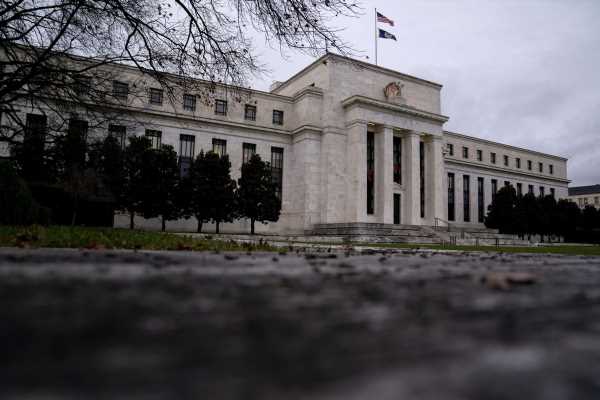Traders see U.S. inflation averaging at least 2% per year over the coming decade, the first time expectations have climbed that high since 2018.
The 10-year breakeven rate — a measure that draws on pricing for inflation-linked Treasuries — rose as high as 2.01% Monday, a level last seen more than two years ago, data compiled by Bloomberg show.
The gauge has gained momentum as traders prepare for an uptick in the world economy in the wake of a deal on Brexit and the approval of additional virus-relief aid in the U.S. The roll-out of vaccinations against the coronavirus is also fueling the move higher, as is speculation that Tuesday’s U.S. Senate runoff elections in Georgia could give Democrats control of Congress.
“There’s a general expectation that the increase in demand as things return to normal will lead to higher inflation because supply chains are still disrupted,” said Michael Pond, head of inflation-linked market strategy at Barclays Capital. The possibility that Democrats will win Tuesday’s votes creates additional upside potential for breakevens, he said. “If we do have unified government, more can get done and we’ll probably see a bit more fiscal stimulus.”
The Federal Reserve is setting the tone for markets, making a renewed push to revive inflation — which has been too low for years. In August, policy makersannounced that they would seek inflation that averages 2% over time by allowing price pressures to overshoot after periods of weakness. Buoying expectations for inflation is key to lifting inflation itself, officials have said.
Aided by a rebound in energy prices, the breakeven rate has widened steadily since mid-November, after Joe Biden won the U.S. presidential election. Biden has nominated former Fed Chair Janet Yellen to head the Treasury, which some investors see signaling the potential for stronger cooperation between the department and the central bank.
The flip side of the climb in inflation expectations is that real yields — which strip out the effects of inflation — have been spiraling lower. Ten-year real rates are about minus 1.09%, not far from a record low.
Source: Read Full Article
